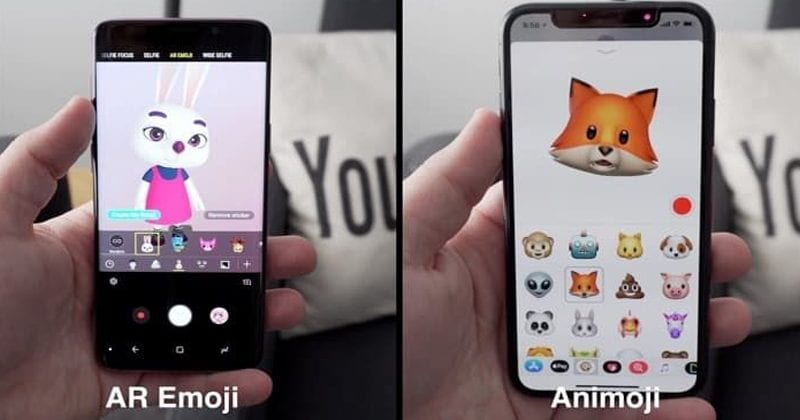AR Emoji allows you to create a virtual avatar that accompanies the movements of your face. It was one of Samsung’s highlights at the launch of S9, but as we said, “face tracking is limited and inefficient,” and the situation worsens in low light. What happened? The CNET interviewed members of Loom.ai, a two years startup that has licensed its technology to the AR Emoji. Loom.ai has already produced computer animation for Disney Research, Dreamworks and Lucasfilm. Kiran Bhat, co-founder and technical director, won an Oscar in the technical category in 2017. He is responsible for the technology used in the Hulk’s face (The Avengers) and Tarkin (Rogue One: A History Star Wars). Loom.ai software can create very realistic avatars from a 2D photo – check out some examples here. Unfortunately, the process took seven minutes and needed to be simplified. “People’s attention is low. People get distracted after 5 seconds, “Bhat tells CNET. Making a 3D avatar for a movie “is a multimillion-dollar effort with a lot of specialized hardware,” says Bhat. In Galaxy S9, everything is made from a selfie. Meanwhile, the iPhone X has sensors to get a 3D image of your face.
The AR Emoji “uses a 2D tracker provided by Samsung to detect how the face moves,” according to Bhat. This data is fed into the Loom.ai software development kit (SDK) to create the avatar. However, all is not lost. The algorithms that accompany your face can improve in the future, helping AR Emoji become more realistic. In addition, according to CEO Mahesh Ramasubramanian, this feature will gain more options for body types, hair colours and other details. This depends on a future upgrade of the Galaxy S9, and “the exact timing depends on Samsung.” So, what do you think about this? Simply share all your views and thoughts in the comment section below.
Δ


